Background
Most of the Indians consider Ram Janmabhoomi, located in Ayodhya, Uttar Pradesh, to be the birthplace of Rama. This idea is based on the outline given in the holy scriptures. The place gained its share of controversies, especially when it comes to the 16th-century Babri Masjid constructed by Mir Baqi probably under the orders of Mughal Emperor Babur. This led to extraordinary communal violence, most glaringly after the 1992 demolition of the mosque by Hindu nationalists. It is now, this year—about 1,000 years later—followed by years of court battles. In November, the Supreme Court ruled that the land should go to a trust that would build a Hindu temple, and that alternate land should be provided for a mosque for Muslims. It found evidence that there existed a Hindu structure before the mosque at the site. During the trials in different courts of India, Hindu parties provided better evidence to substantiate their right over the disputed land. This evidence demonstrated continuous worship at the disputed structure by Hindus for centuries.
Ayodhya has been one of the most contentious historical sites, between the Hindu and Muslim claims. Although some historians had expressed doubt regarding the claims that only gained momentum in the 18th century, archaeological evidence was forthcoming by supporting the existence of a Hindu temple predating the mosque on its site by far. In 2020, the construction of the Ram Mandir began for this long-disputed piece of land.
The grand temple constructed by the trust, Shri Ram Janmbhoomi Teerth Kshetra Trust, formed under a Supreme Court order dated 9th November 2019, over an immense spread of 70 acres. The style of architecture in the temple done through Pink Bansi Paharpur stones from Rajasthan. It involves more than 1,500 artisans and used technology for cutting and carving. The temple is earthquake-resistant and can last for more than 1000 years; it is having very fine carvings, with doors of teak wood and its flooring made of Makrana Marble. The temple is built and the Ramlala’s idol is placed in such a way that the sunlight will fall on the forehead of Lord Rama on Ram Navami. On 22nd January 2024, many dignitaries, including the Prime Minister of India, Mr. Narendra Modi, attended the consecration ceremony of the temple.
Release of Special Commemorative Stamps
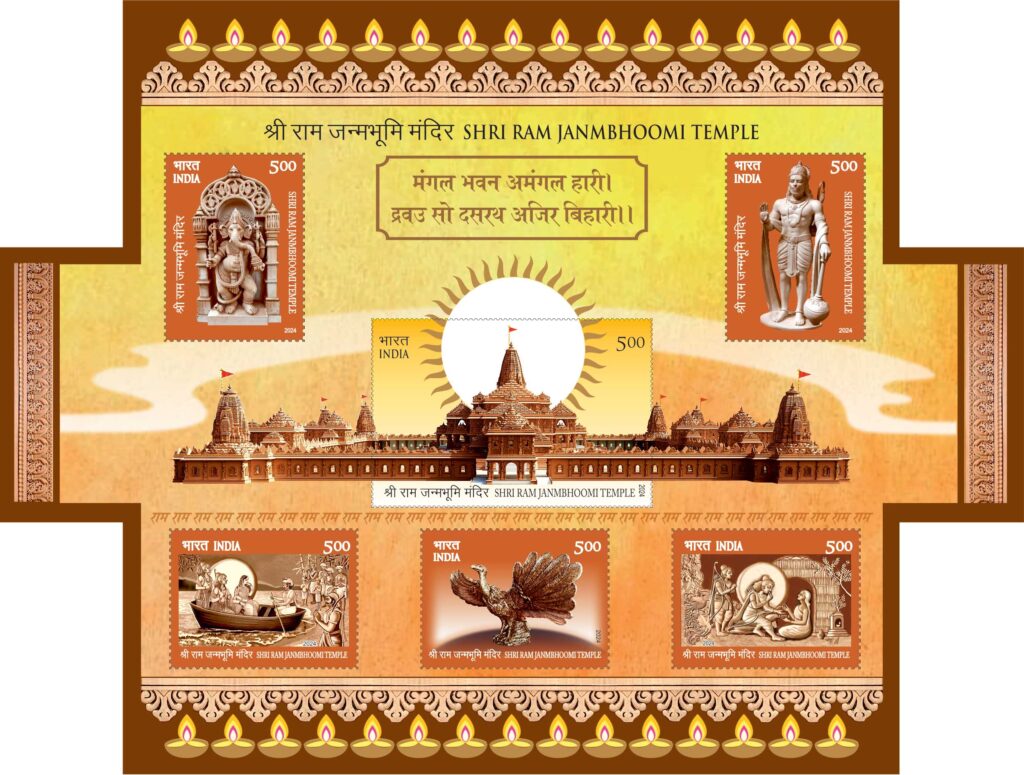
A special miniature sheet with six commemorative stamps of denomination Rs. 5.00 each was released by Mr. Modi on January 18, 2024 to commemorate this event. It also features different incidents of Ramayan and has been printed with the water and sand from Ram Janmabhoomi, carrying the consciousness and blessings of Shri Ram. The stamps carry the fragrance of divinity expressed in sandalwood. Parts of the Miniature sheet are gold foiled to make these stamps radiant with divine light.
The Department of Posts has shared a video detailing the creation process of this distinctive miniature sheet. They’ve made it available for viewers to appreciate the uniqueness of the stamp. Click on the video to play.This post is sponsored by our partners Wigs
Release of Permanent Pictorial Cancellation at Ayodhya H.O.
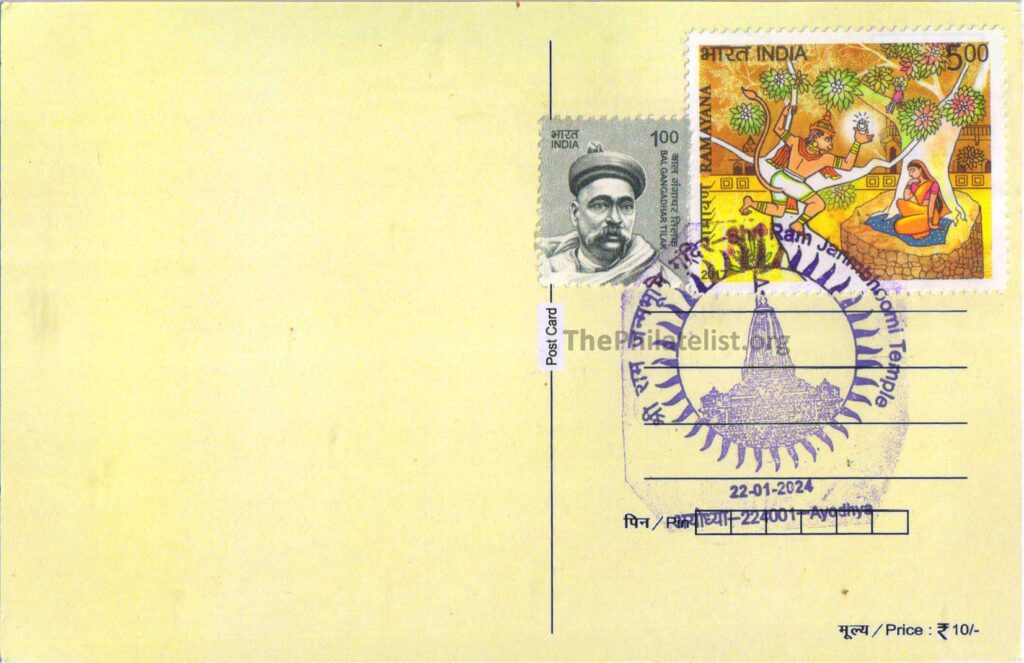
On January 22nd, on the day of consecration, a permanent pictorial cancellation was released at Ayodhya H.O. depicting the temple along with a set of 6 picture postcards.
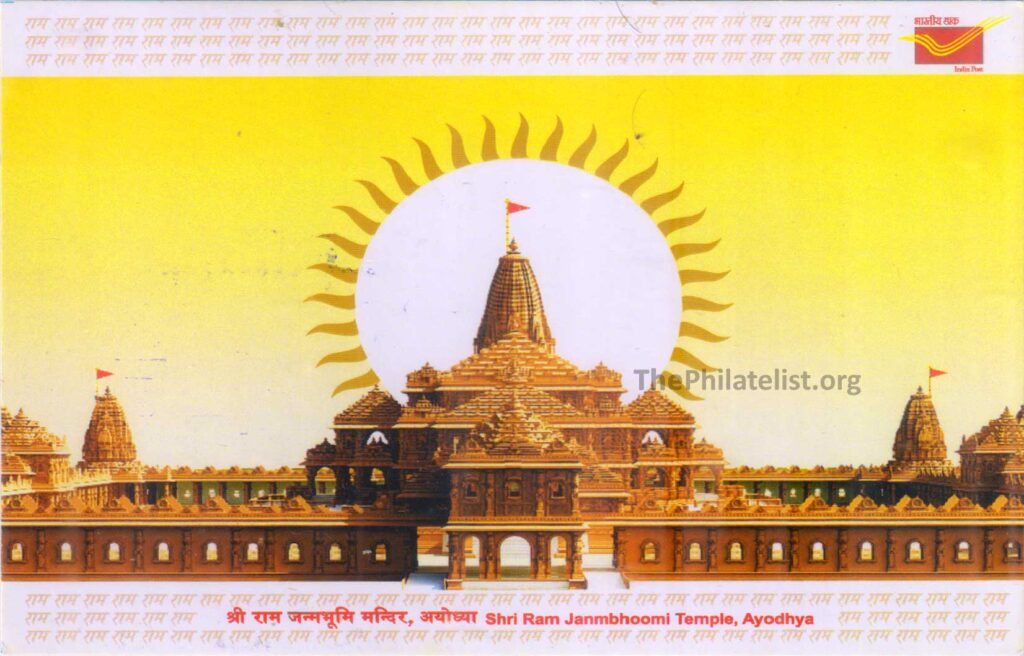
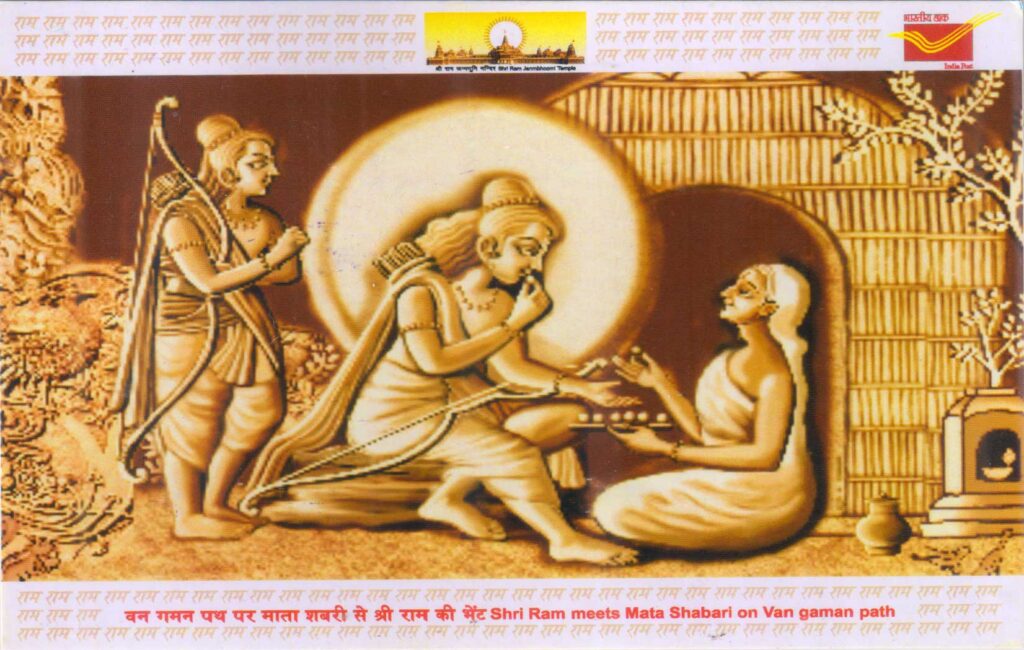
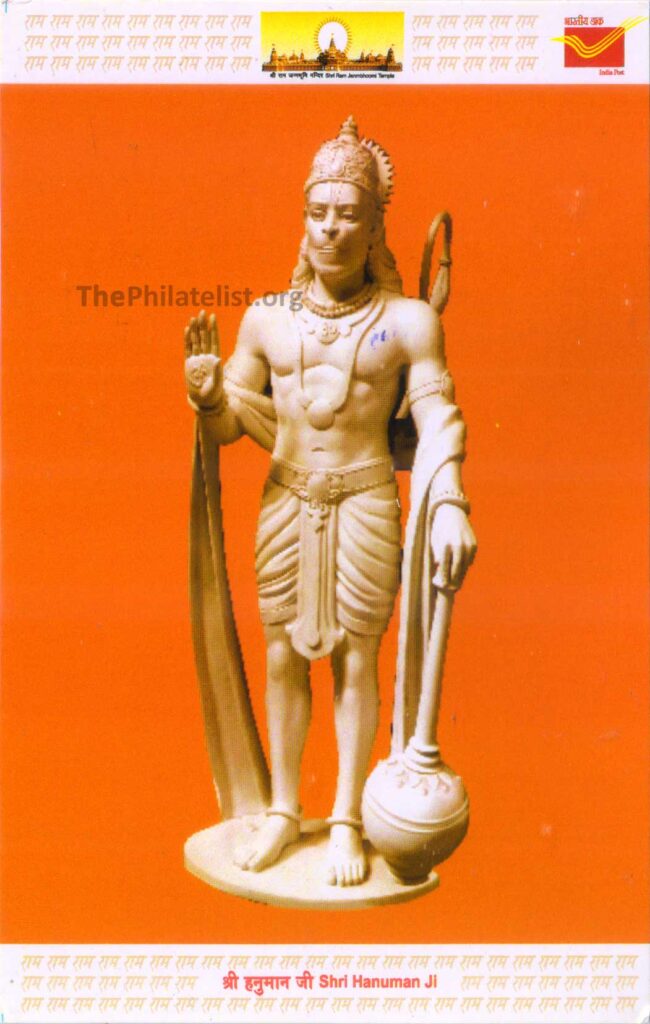
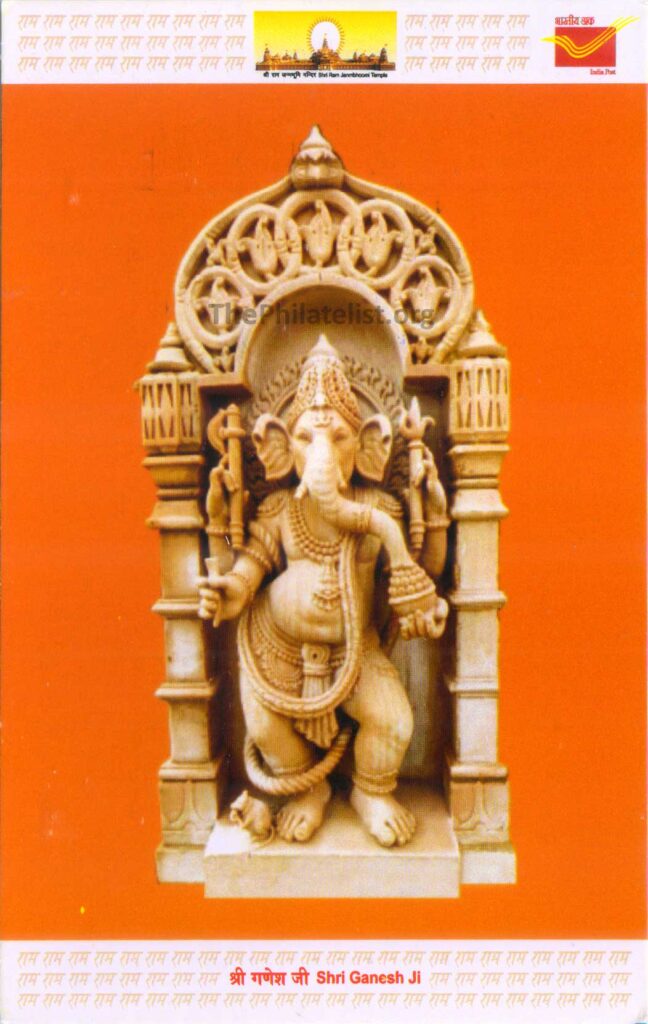
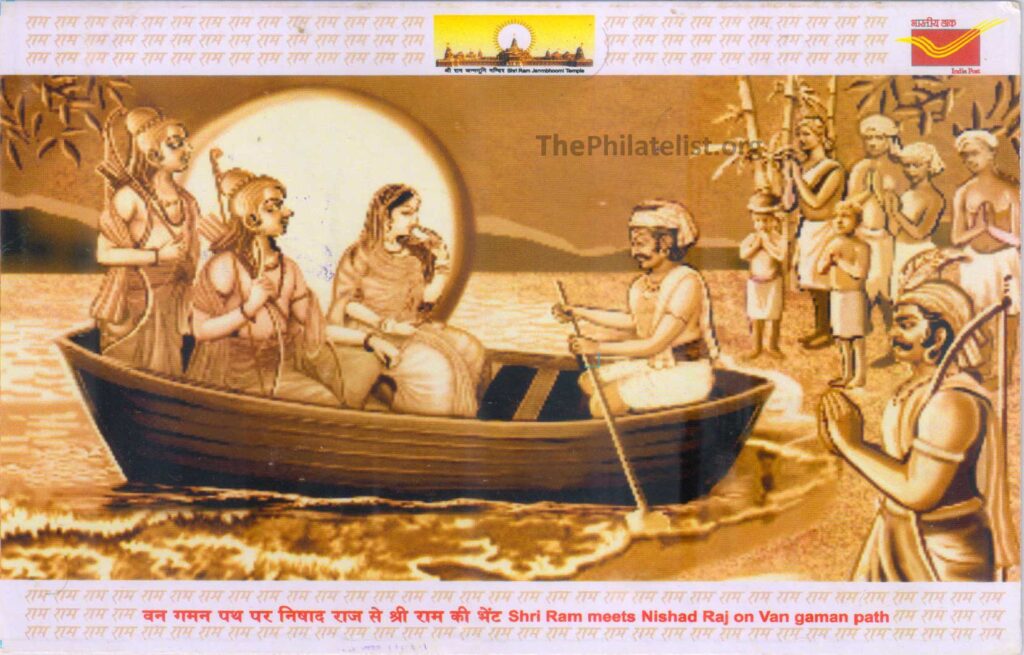
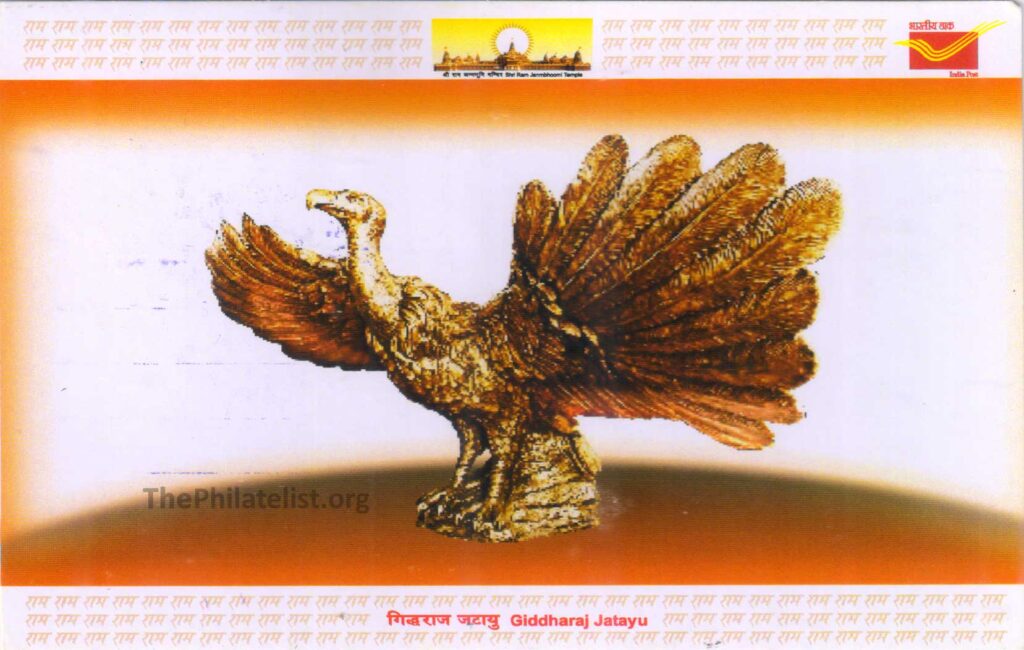
Set of 6 picture postcards released by Uttar Pradesh Postal circle on 22nd January, 2024.
Release of Pictorial Cancellations and Special Covers at different Post Offices in India
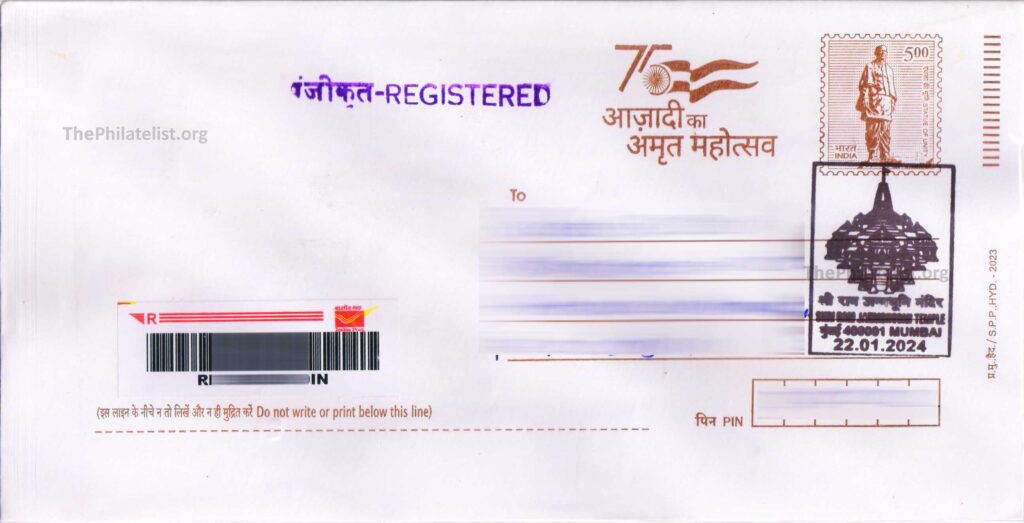
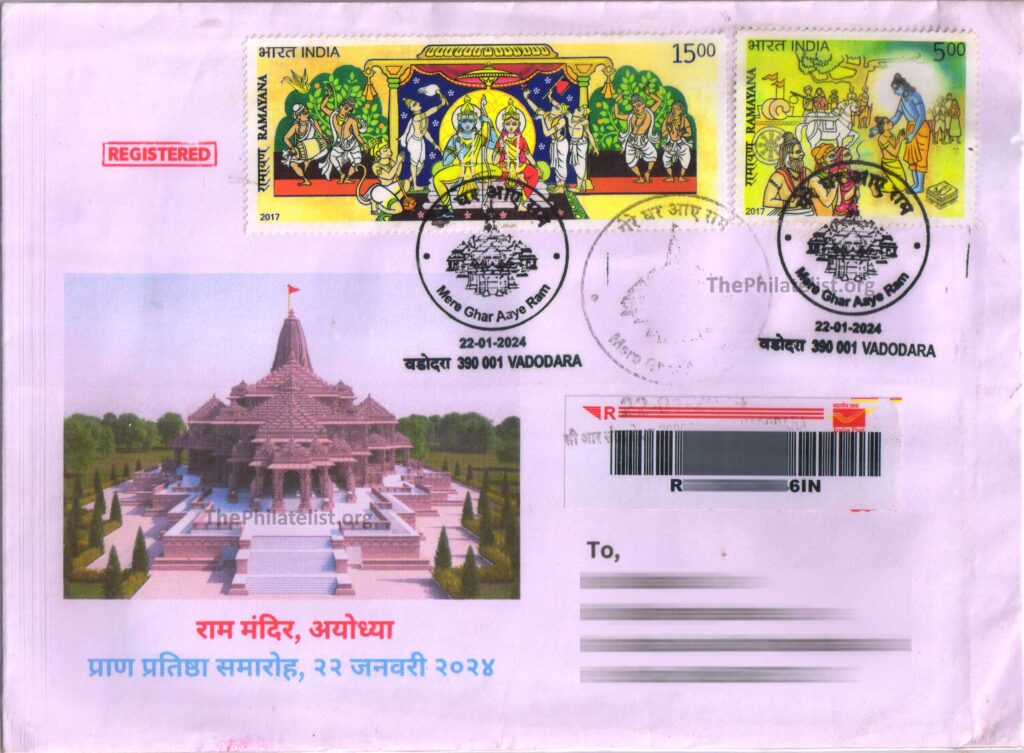
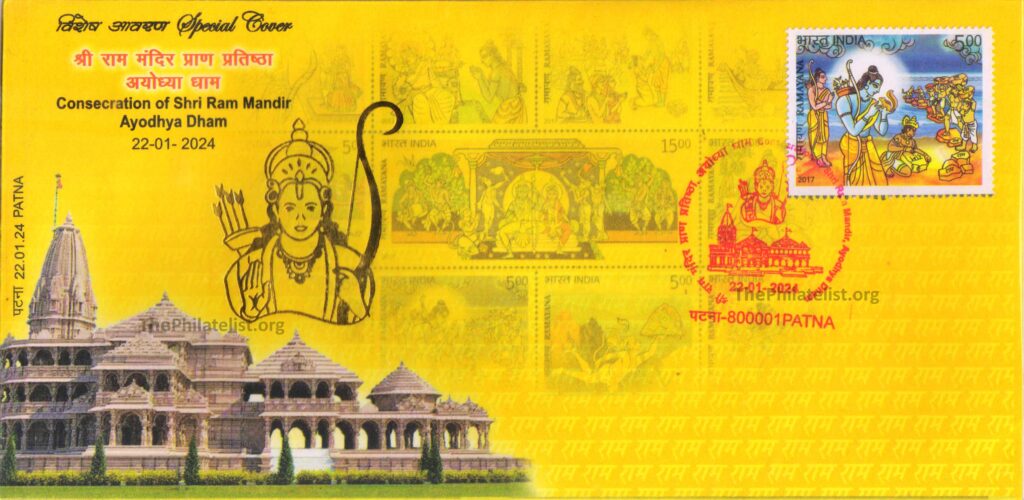
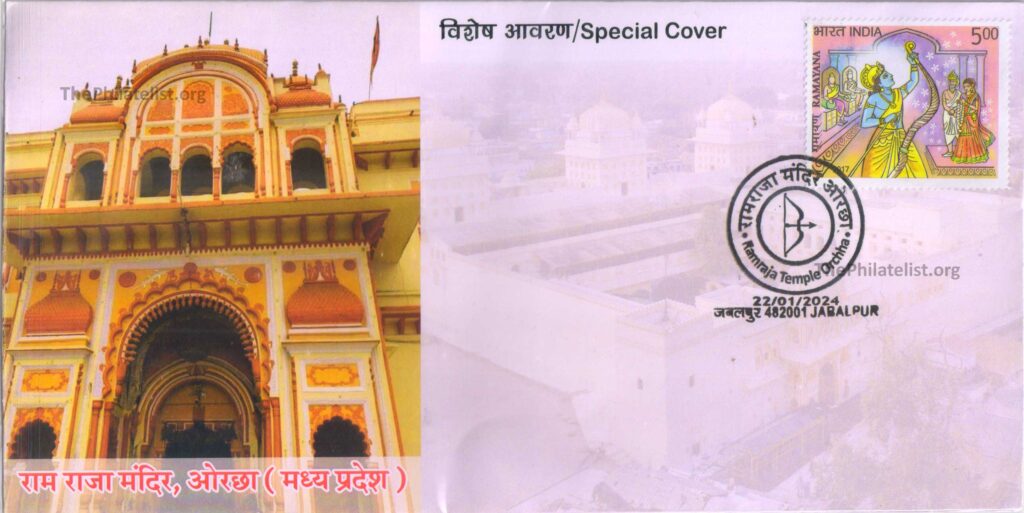
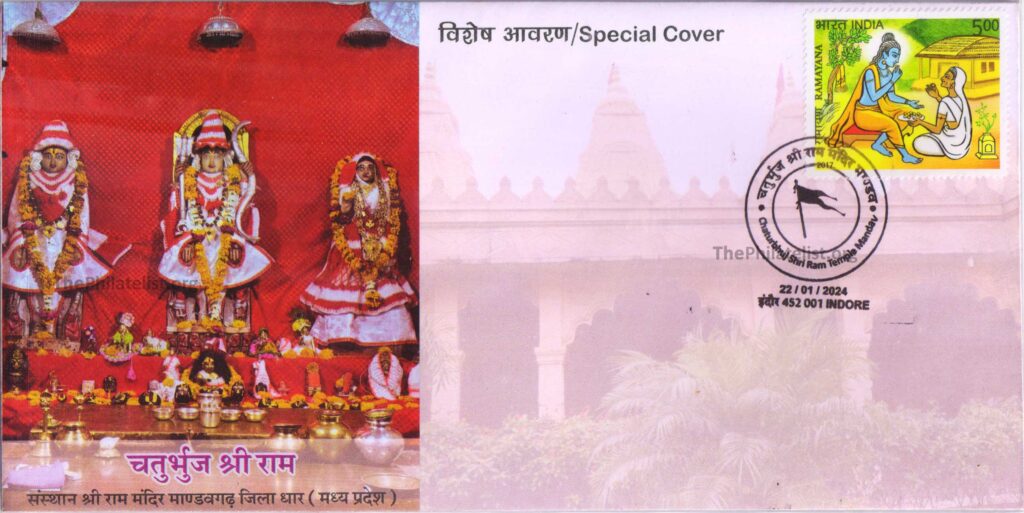
Cancellations and Stamps Around the World
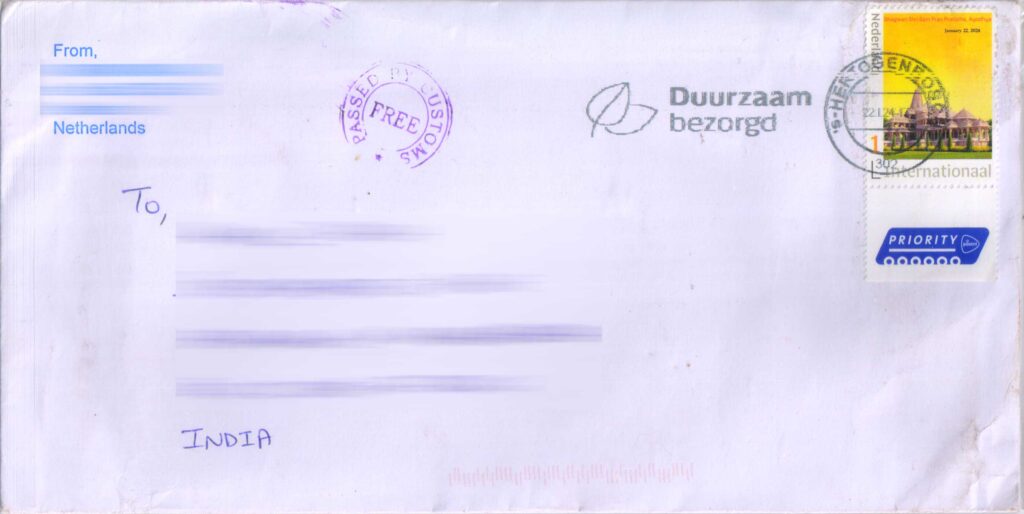
Other Commemorative Covers Posted on 22nd January, 2024
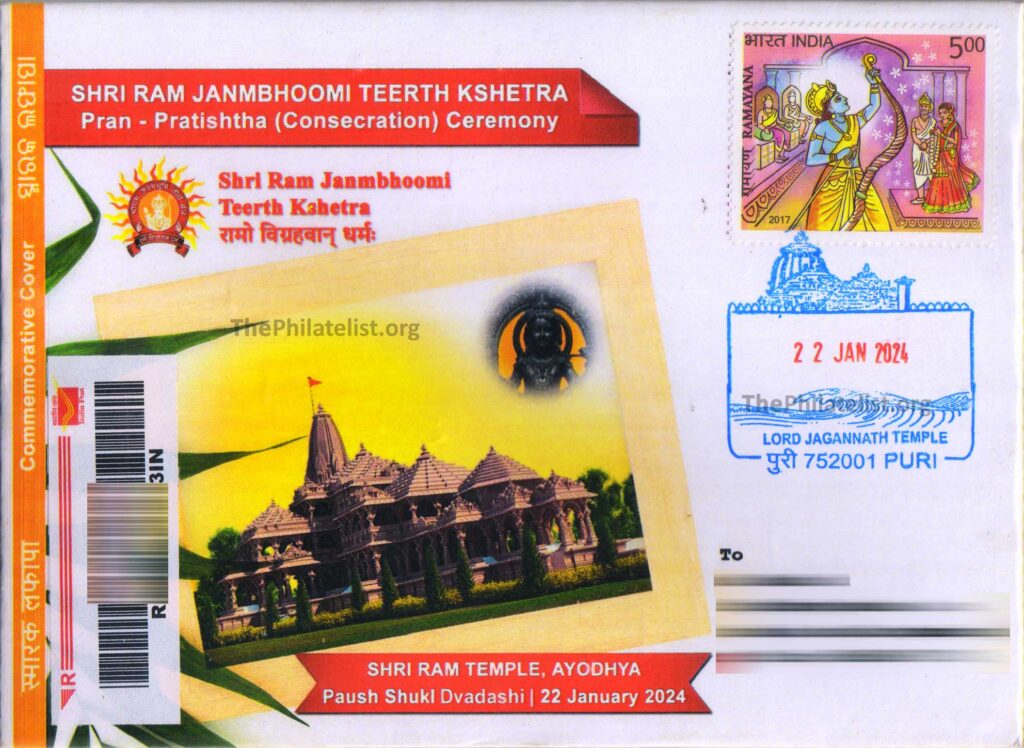
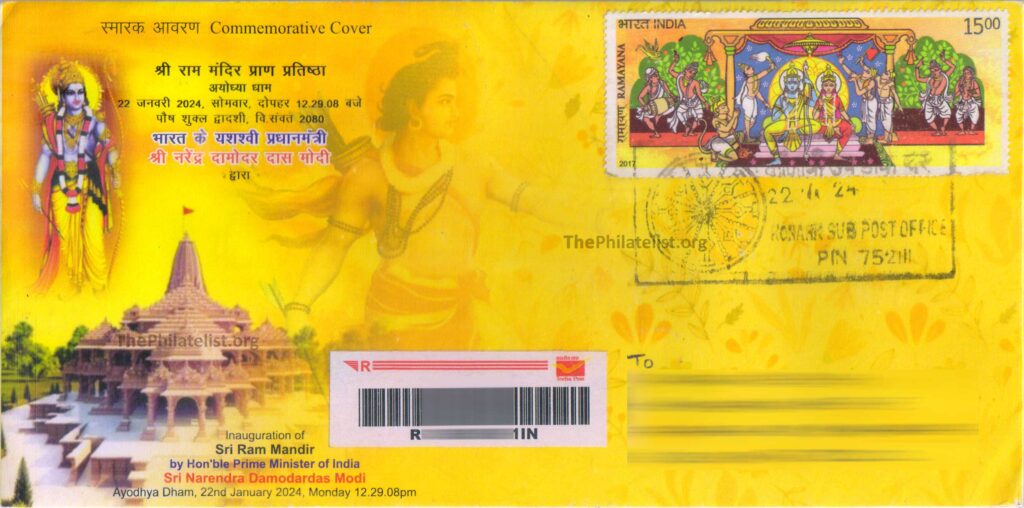
Conclusion
It was really a once in a lifetime moment for all the Ram devotees who were waiting for the inauguration of the Ram Temple. Though the Consecration happened on 22nd January, the temple opened for public viewing from 27th January, 2024. The Department of Posts printed 10 lakhs of the Ram Janmabhoomi Miniature sheets, and a good quantity was distributed for wide publicity and promoting philately. Contrarily, although a Miniature Sheet with only a face value of Rs. 30.00 was issued; however, as a special incentive, the Miniature Sheets were sold to the public at Rs. 100.00 each. This decision and limited supply initially created panic among Philatelists, but later, when supply was normalized, everybody accepted the uniqueness of the stamps and eagerly bought from the nearest philatelic bureaus to be part of this divine event.
